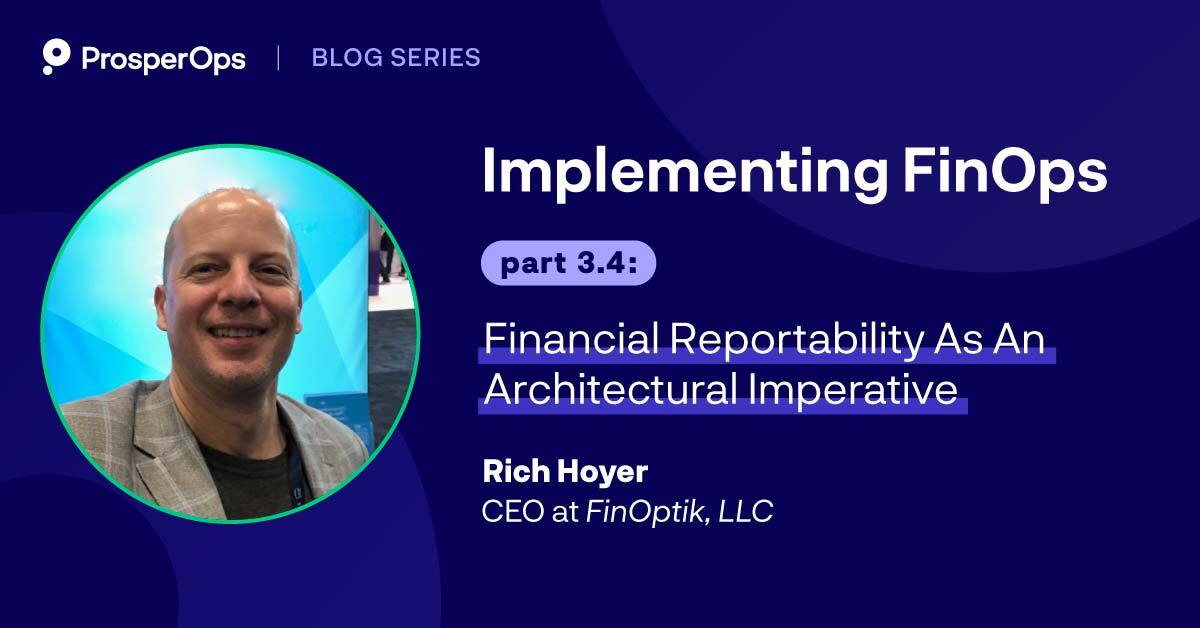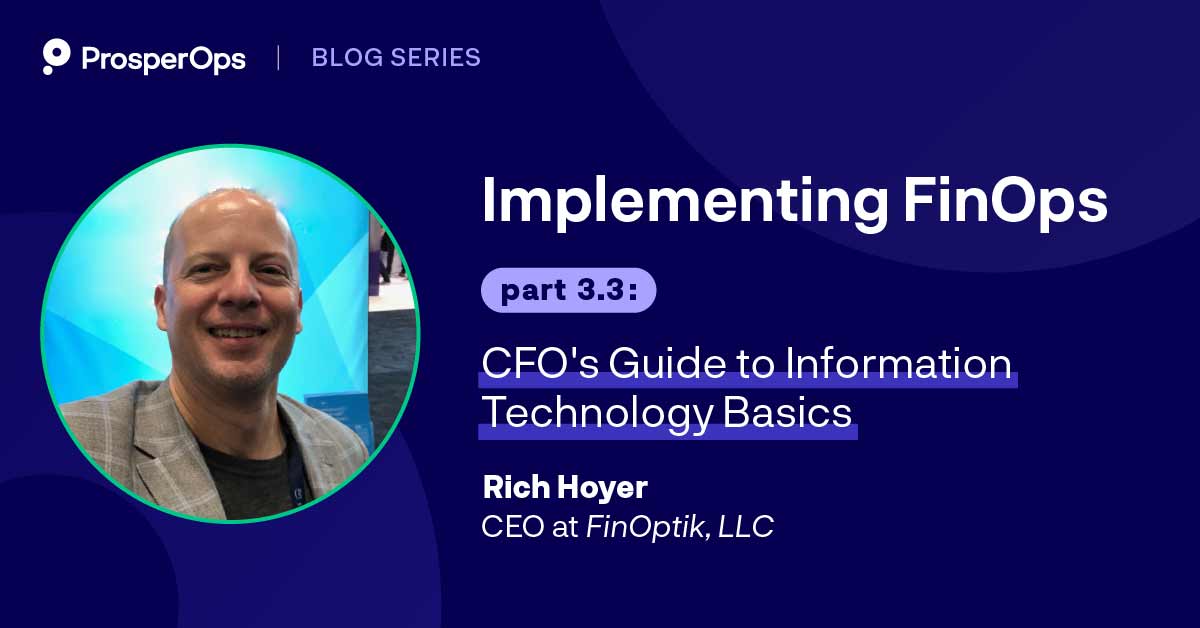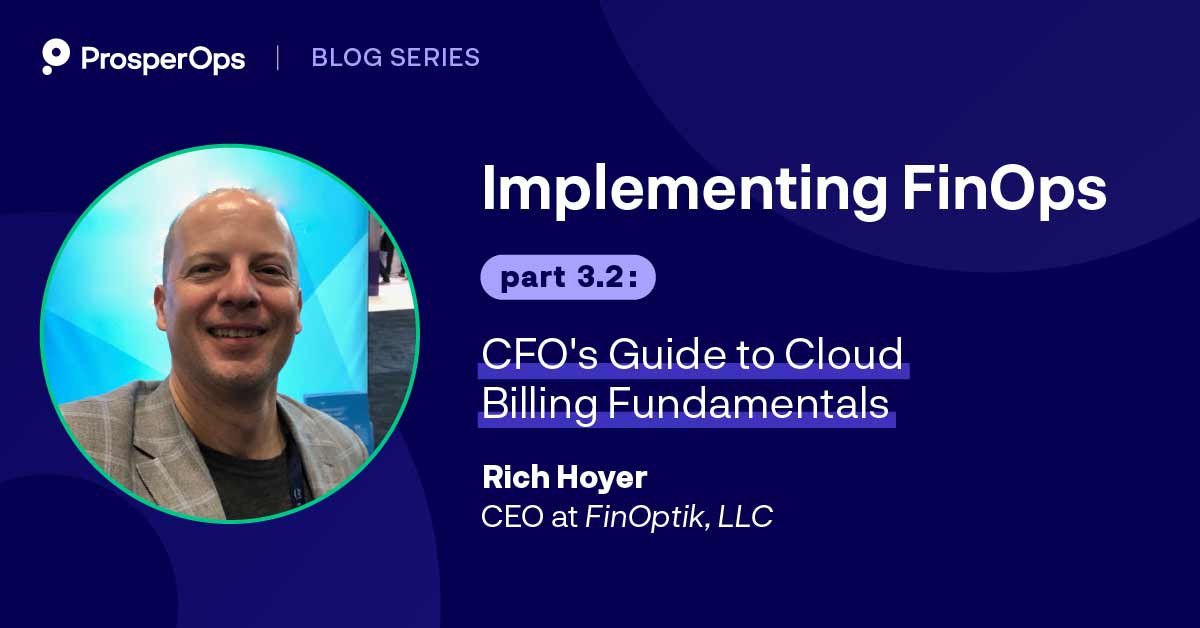Cloud computing and Amazon Web Services (AWS) can be daunting. The technical jargon and growing array of AWS services can take time to master, and for newcomers, a clear structure helps the material stick.
Enter the AWS Certified Cloud Practitioner certification—the first and fastest step to understanding and working with AWS.
AWS offers 12 certifications across four levels: foundational, associate, professional, and specialty. The AWS Certified Cloud Practitioner is the foundational certification for newcomers to the industry, helping them upskill their knowledge for technical and non-technical roles.
This guide covers all you need to know about earning the AWS Certified Cloud Practitioner certification.
What is the AWS Certified Cloud Practitioner certification exam?
The AWS Certified Cloud Practitioner exam serves as the introduction to establishing foundational knowledge and earning certification in AWS. Successful completion of the exam grants a certification validating high-level comprehension of the cloud, terminology, and AWS.
This certification is not only the starting point for those with no prior IT or cloud experience seeking AWS training, but it also sets the groundwork for further specialized AWS certifications across cloud architecture, data analytics, development, operations, DevOps, security, networking, and AI/ML.
It’s the recommended certification course offering a broad understanding of AWS and essential cloud literacy across many roles and jobs.
How difficult is this exam?
The exam is entry-level and contains straightforward questions and simple scenarios.
It’s less technical than the other AWS certifications, though it does require a solid base of knowledge to pass. Fortunately, there are plenty of AWS support plans, resources, and study materials to assist with thorough preparation.
The AWS Certified Cloud Practitioner certification provides overall cloud comprehension as well as specific AWS service knowledge. Similar entry-level cloud industry and platform certifications include Microsoft Azure Fundamentals AZ-900 and Google’s Cloud Digital Leader.
Depending on current knowledge of the cloud and AWS services, preparation for this exam could take a few weeks to a few months. Students with no cloud experience should allow for six to 12 weeks of consistent study. Those familiar with the AWS cloud and services may only need two to six weeks of study.
Can this certification lead to an advanced job title?
The AWS Certified Cloud Practitioner certification can help lead to an advanced career within the cloud industry. This certification is the first in a series of several others, the next being the Solutions Architect Exam.
LinkedIn has reported that cloud-related jobs have a growth rate of 30% year over year. Amazon found job listings requiring AWS Certified Cloud Practitioners have increased by 84%, with cloud skills expected to triple by 2025. Further, a recent report found that AWS-certified professionals earn 25% more than those not certified.
How long does an AWS Certified Cloud Practitioner certification last?
AWS certifications are valid for three years. To maintain an AWS Certification status once lapsed, certification holders will need to retake the exam to get rectified. Alternatively, by moving up to the next tier of certifications and passing an associate-level or professional-level certification, participants can meet the recertification requirement.
The AWS Certified Cloud Practitioner certification, now known as CLF-C02, has been updated as of September 19, 2023, to reflect the changes in the industry since it first launched in December 2017.
If you obtained the updated certification before its update, you do not need to retake it. CLF-C01 remains active for three years.
Who should consider getting the AWS Certified Cloud Practitioner certification?
Some roles will naturally require the use of the knowledge covered in the certification more than others. It is the best certification option for anyone who wants to gain insights into cloud computing concepts and AWS services, regardless of technical background.
AWS recommends candidates be introduced to key concepts by having at least six months of experience with the AWS Cloud or having completed the AWS Cloud Practitioner Essentials course.
We recommend the AWS Certified Cloud Practitioner certification for the following roles in cloud computing:
IT professionals
This certification is perfect for individuals in IT who are new to the industry or are transitioning into the cloud. By earning this certification, IT professionals gain a comprehensive understanding of AWS cloud services, important concepts, and industry best practices.
Amazon recommends the associate-level AWS certification for professionals who have 1-3 years of experience in IT or STEM fields. For those with less than 1-3 years or professionals who want to validate existing knowledge, the foundational certification is extremely beneficial.
Developers
Having foundational knowledge is valuable for developers as it provides a solid understanding of the AWS cloud environment. Even if they are not directly managing infrastructure, developers benefit greatly from comprehending the context of the AWS ecosystem.
This knowledge teaches developers the fundamentals of AWS, enabling them to better design and develop applications that leverage cloud services.
Business leaders and non-technical professionals
This certification is beneficial for business leaders and non-technical professionals looking to elevate their skills in the cloud industry. It empowers well-informed decisions regarding cloud adoption and strategy, ensuring effective integration of cloud services into broader business strategies.
Network administrations (or sysadmins)
The AWS Cloud Practitioner certification is a crucial asset for network administrators or sysadmins transitioning from traditional on-premises systems to cloud technologies. It equips them with expertise in seamless cloud migration, hybrid solution integration, and the design of scalable, high-performance architectures.
Technical sales or marketing professionals
For those in technical sales and marketing professions, the cloud practitioner course is instrumental for communicating the advantages of AWS effectively. With a broad understanding, sales and marketing roles will be able to articulate complex technical concepts and AWS benefits and features to potential clients or customers.
How to prepare for the AWS Certified Cloud Practitioner exam
There are many excellent resources on how to effectively prepare for the exam, ensuring learners have the robust knowledge base required for passing. Preparation is key to passing the exam, and there are multiple elements students need to be aware of to ensure success.
Here’s what you need to know:
Learn about the exam basics
The AWS Certified Cloud Practitioner certification is a 65-question exam. Visit the official AWS certification site for the most up-to-date information on the exam format and question types.
You have 90 minutes to complete the exam, and to successfully pass, you need a minimum of 700 points out of 1000 points (75%). Most students can easily complete the exam within the time allocation, as the 65 questions are mostly straightforward.
The questions are typically multiple-choice and multiple–response. Cloud practitioner questions are not scenario-based, and all questions follow the AWS format, which is one answer from four options or two answers from five options. Familiarizing yourself with the style of the exam will be helpful, and Amazon offers example questions.
It costs $100 USD to take, and you can take it in person at the Pearson VUE testing center or online with a proctor. AWS offers the certification in multiple languages, and if English is not your first language, you can request an accommodation that allows an additional 30 minutes.
Understand the four domains of the exam
As outlined in the official exam guide, AWS divides the exam into four domains, with each category carrying a specific weight. Segment study time in relation to the weight of each category when studying. The domains are:
- Cloud Concepts – 24%
- Security and Compliance – 30%
- Technology – 34%
- Billing and Pricing – 12%
To pass the exam, you’ll need to understand the practical applications rather than simply memorizing the terms and jargon.
1. Cloud Concepts
- Define the benefits of the AWS Cloud
- Identify design principles of the AWS Cloud
- Understand the benefits of and strategies for migration to the AWS Cloud
- Understand concepts of cloud economics
The first domain focuses on the value proposition of the AWS Cloud, the AWS Well-Architected Framework, service and deployment models, and cloud economics.
Students need to know the six core benefits of cloud computing, including cost-efficiency, scalability, and flexibility. It’s important to have a broad overview of the various cloud service models, such as Infrastructure as a Service (IaaS), Platform as a Service (PasS), and Software as a Service (SaaS).
The certification also covers different cloud deployment models, including public, private, and hybrid clouds. This section also has questions about elasticity and why it’s crucial in a cloud environment.
2. Security and Compliance
- Define the AWS Shared Responsibility model
- Define AWS Cloud security and compliance concepts
- Identify AWS access management capabilities
- Identify resources for security support
The second domain requires an understanding of how AWS organizes its infrastructure, as well as how AWS divides responsibility between the customer and itself.
Learners need to know the AWS shared responsibility model and what it means for users. Basic compliance concepts such as GDPR and HIPAA, as well as the importance of data sovereignty and understanding where data resides, will come into play.
This portion of the certification will also address overall security measures such as Identity and Access Management (IAM) as a cornerstone for AWS security. AWS has multiple security-related services like AWS Shield, AWS WAF, and AWS Key Management Service. It’s worth time studying what the security services deliver and how they differ.
3. Technology
- Define methods of deploying and operating in the AWS Cloud
- Define the AWS global infrastructure
- Identify the core AWS services
- Identify resources for technology support
The highest-weighted domain is technology. This domain requires a knowledge of the core AWS services, such as Amazon EC2, S3, and RDS, and their typical use cases. Students need to know how different services interact with one another for better cloud solutions.
A basic understanding of networking in AWS is also required, including VPC, subnets, and gateways. This domain also covers the importance of AWS Lambda for serverless computing.
Here, you should also familiarize yourself with concepts in the AWS global infrastructure, like Availability Zones and Regions.
4. Billing and Pricing
- Compare and contrast the various pricing models for AWS
- Recognize the various account structures of AWS billing and pricing
- Identify resources available for billing support
In the last domain, the exam asks students questions about how the AWS pricing model works. This domain covers AWS’s pay-as-you-go model and how it differs from traditional pricing models.
Learners also need to know how to manage costs effectively using AWS Cost Explore and Budgets. It also contains AWS’s various pricing options, such as On-Demand, Reserved, and Spot Instances. Don’t forget to be familiar with how the AWS Free Tier can help in the initial exploration of the cloud without incurring costs.
Look into related topics for better comprehension
Investigate related topics to deepen insight. The AWS Well-Architected Framework forms the basis of many of the exam questions and is well worth reviewing.
Basic scripting and automation in AWS are fundamental aspects of modern cloud management and crucial for maximizing the benefits of AWS services. Various scripting languages and automation tools can help you manage and deploy resources within AWS.
It is also helpful to become familiar with scripting languages such as Python, Bash, PowerShell, or others commonly used in cloud environments and understand automation tools such as AWS Lambda for serverless computing, AWS Systems Manager for automation workflows, AWS Elastic Beanstalk for application deployment, and AWS OpsWorks for configuration management.
For real-world applications of the technology, look into AWS case studies to help bring the terminology to life. Consider how the big players such as Netflix, Airbnb, Slack, Pinterest, NASA, SalesForce, and Adobe utilize AWS services.
While AWS is the global “leader” in cloud computing platforms, it forms part of the larger cloud ecosystem. To truly understand the domain topics and all topics covered, a broad and strategic understanding of the overall wide range of cloud components and providers is necessary.
Prepare for the AWS cloud practitioner exam
To effectively prepare for the exam, create a study plan that covers all four domains. Break down each domain into smaller topics, keeping in mind the weight for each domain category.
Some third-party training courses may also be helpful, though check their validity.
Make AWS study materials, such as whitepapers, FAQs, and example questions, your first line of support.
Complete a practice exam
You should take at least one official AWS practice exam to simulate the test experience. Example exam questions and practice exams can help you identify your preparation strengths and weaknesses and any knowledge gaps.
How ProsperOps comes into play
ProsperOps provides a platform for managing and optimizing AWS costs, helping organizations maximize the efficiency of AWS spending through advanced algorithms, automation, and data analytics. The platform autonomously and reactively manages discount instruments in real time.
With an AWS Cloud Practitioner certification, users will have a greater understanding of AWS as a whole, including cloud usage and how ProsperOps can help benefit cost savings.
The exam is a great starting point to understand on-demand cloud usage as well as some of the basic opportunities to save. AWS users can automate rate optimization below on-demand rates through third parties such as ProsperOps.
The shift to cloud procurement transforms CapEx into OpEx, enabling greater flexibility with organizations scaling resources up or down based on needs and pay-as-you-go basis.
Environments are constantly changing, and it’s highly beneficial to deploy third-party platforms to manage FinOps and fluctuating costs. Third-party platforms like ProperOps help to mitigate the fluctuations and changes and allow for rate optimization across multiple services.
Cloud services represent a significant investment for businesses. ProsperOps ensures these investments generate maximum value and cost optimization by fine-turning costs based on actual usage and demand, contributing to a positive Return on Retained Earnings.
Elevate your cloud expertise with an AWS Cloud Practitioner certification today
Having a solid understanding of AWS cloud services through training and certification means you can better make informed AWS and FinOps decisions.
Further investing in an expert tool at this stage, such as ProperOps, will ensure cost optimization and a positive ROI.
To learn how to reduce cloud costs, minimize commitment risk, and eliminate manual cost optimization tasks, book a demo with ProsperOps today.



